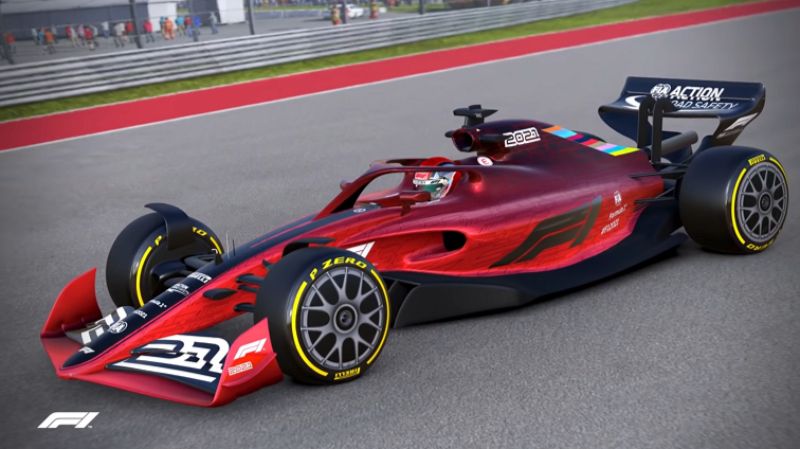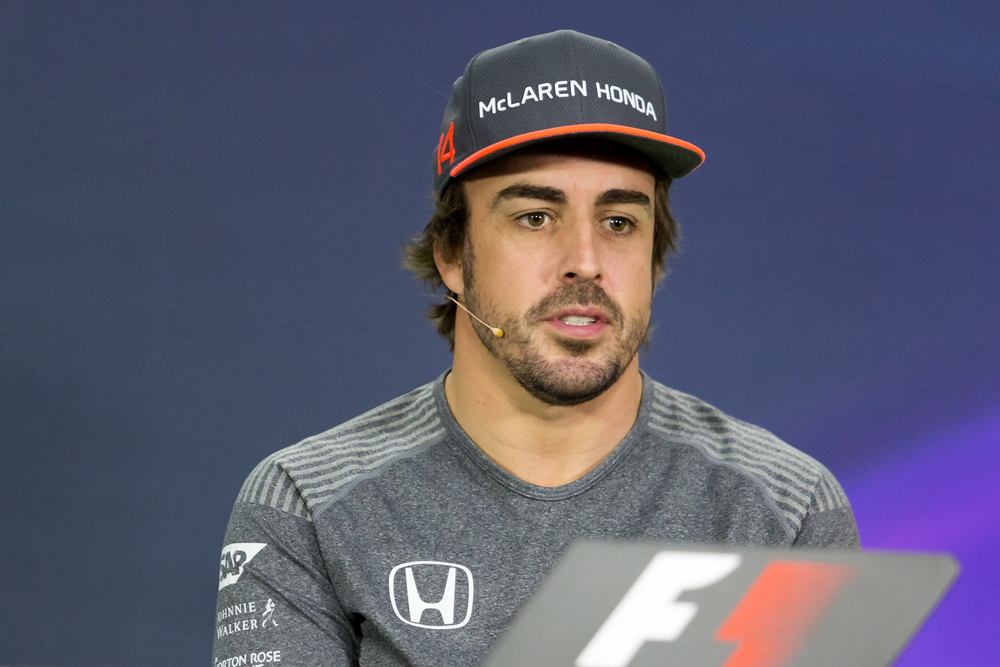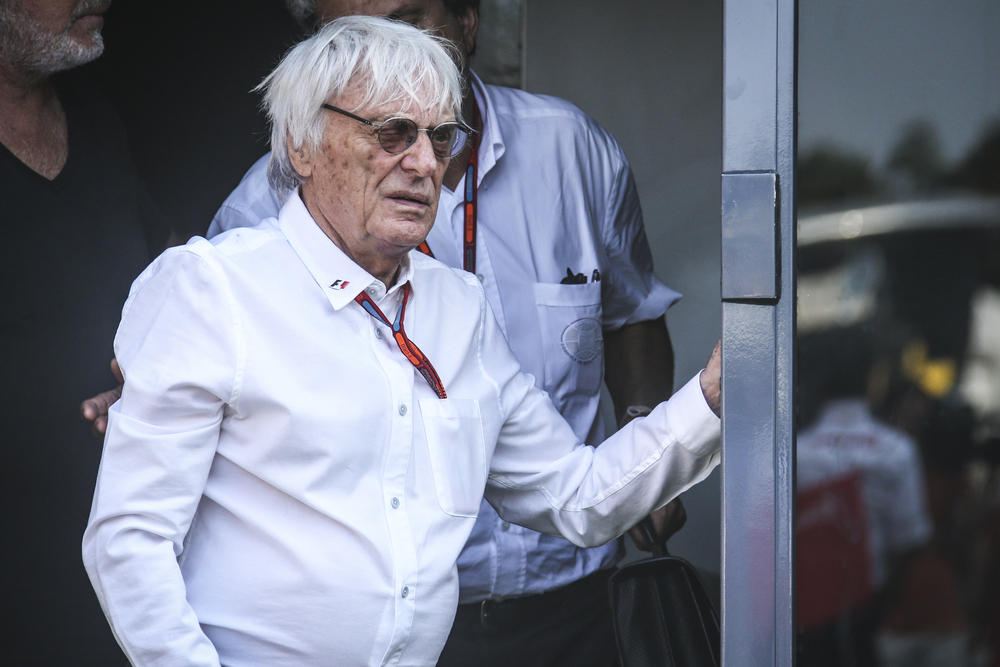The Evolution of Formula 1 Racing
Formula 1 Racing has always been an iconic series in the subject of Motorsports. We are currently in the middle of a transformation for the Formula 1 series as series officials continue to look at new ways to improve the on-track racing product.
There is an increased desire to increase the ability to pass cars and overtake during the race. Modern aerodynamic technologies have made it challenging for teams to find an edge over one another, which has resulted in many races of single-file racing.
Aerodynamics and Downforce
Aerodynamics and downforce are two of the most commonly discussed subjects in the sport of auto-racing. These two aspects have a major role in how a car handles on the race track.
The reason that downforce and aerodynamics are so important is that they have a major impact on trailing vehicles in a race. For example, the leading car has a clear race track in front of them with no disturbance in the airflow.
When the air hits the front of the lead vehicle, there is no aerodynamic deficiency. Under different circumstances, this would likely not be the case. For example, if you were directly behind another Formula 1 car in the race, you would be experiencing major airflow deficiencies and that would result in you having a very difficult time passing the car in front.
The evolution of Formula 1 racing is coming at a point where series officials are looking to find an optimal level of downforce and aerodynamic restrictions to ensure that ‘dirty air’ does not slow down trailing vehicles in race conditions. Theoretically, this could increase the number of passes that occur during a race, particularly because much of the series’ passing currently occurs during pit stops and strategy.
The Future of Racing in 2021
Drivers and series officials are already preparing for the unique rules package that will debut in 2021. With that being said, officials are already looking for loopholes by taking this new vehicle into the wind-tunnel. The goal is to try and eliminate ways for teams to overcome the rules.
Another challenging thing to consider is the overall speed of the race track. Some tracks present tight turns to the drivers while others have long straightaways and long sweeping turns. The higher speeds at some of these tracks will have a far larger impact on aerodynamics than a slower track would have. This means that series officials will have to strike the right balance for all of the race tracks on the schedule, instead of just focusing on one single type of racing venue.
The 2021 racing series for Formula 1 looks extremely bright, although there could be some concerns popping up during the racing season that fans and drivers have not yet prepared for. Only time will tell if the new Formula 1 rules package is a hit or a miss during race conditions.





